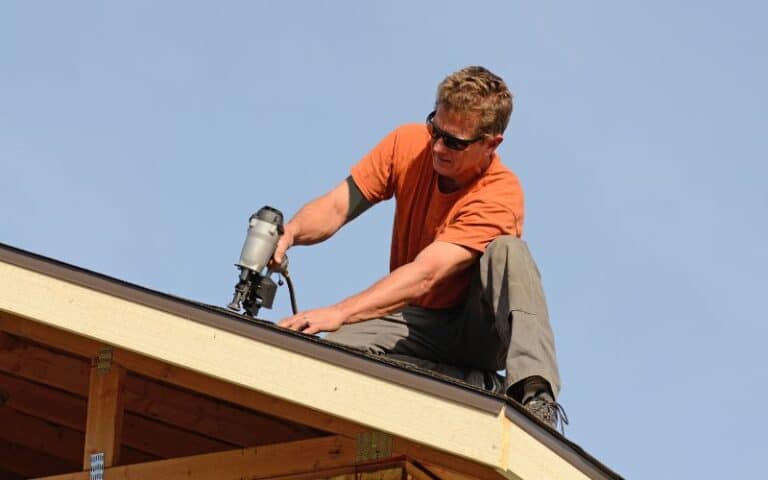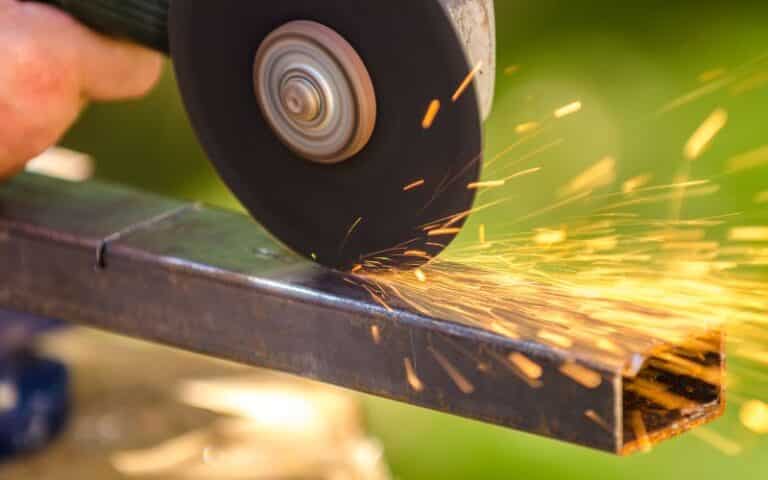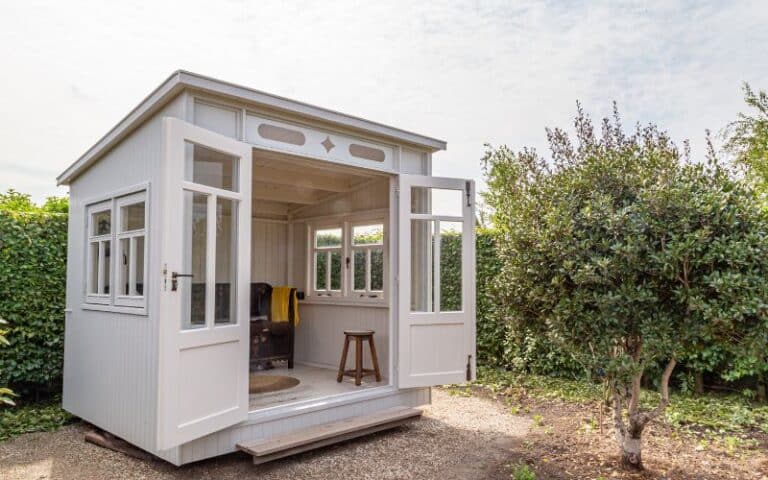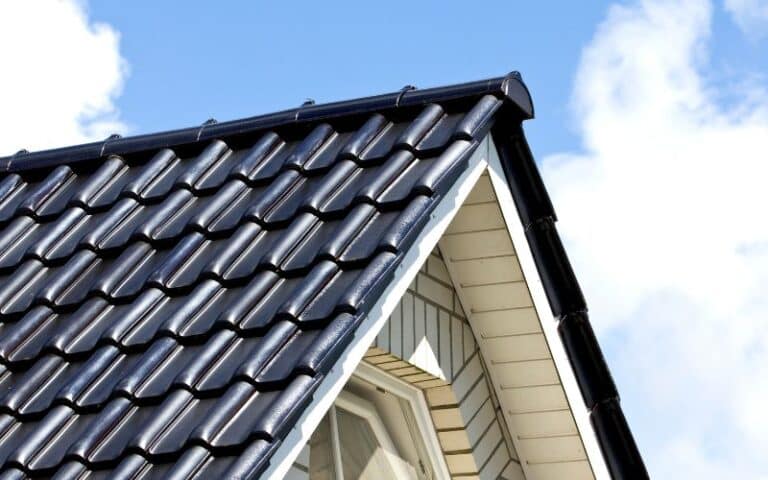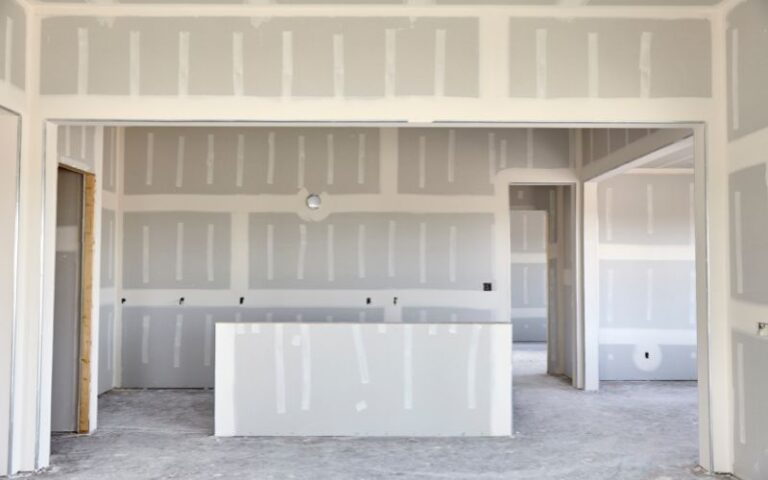Like other siding materials, felt protects against unwanted weather elements, including rain, snow, heat, and cold. The protective material is also very useful for the roof.
It retards fire and is self-extinguishing; it reduces vibrations, absorbs sounds, and can hold fluid without getting wet.
Felt siding comes mostly in two types; 15 or 30-lb underlayment, which has similar operations, with their biggest difference being the weight.
But between the two, which is better; 15 or 30-lb felt?
The 30-lb felt is preferable because it is thicker, heavier, stronger, and more durable. All of which translates to reliable installations. The 30-lb felt provides better performance for steep and flat roofs and is also resistant to tear due to its strength and thickness.
In this article, I’ll walk you through everything you need to know about 15 and 30Ib Felt siding. In the end, you’ll gain more insight into them and choose the best.
Ready for a Roofing Quiz?
Differences Between the 15 and 30-lb Felt Siding
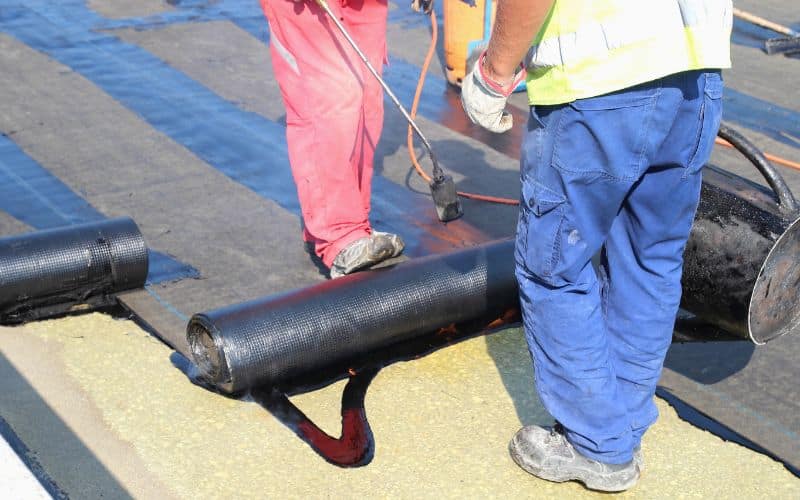
Many siding contractors prefer to recommend the weight of a Felt instead of the Felt brand.
Because the brand matters, the weight is more important than anything.
A study reveals that the weight of the felt matters because it shows how thick the material is. The heavier the material, the thicker it is.
The thickness makes it more resistant to damage during siding and installations and helps protect the roof in harsh weather conditions.
They measure the weight of roofing felt in pounds per square, and a square equals 100 feet of the felt material.
The 15 and 30-lb felt are the traditional felt types. However, there seems to be a new option now: synthetic felt.
Synthetic Felt is a quality protective underlayment; like the 15 and 30-lb Felt, it enhances the durability of your property’s roof.
Although synthetic felt has quality, it is a lightweight roofing material, making it less quality than the 30-lb felt.
The 15-lb felt, as they fondly call it, refers to light asphalt felt paper, also called felt paper 15.
The material is useful in standard roofing projects. They call it 15-lb or 15 because the felt paper weighed 15 pounds.
The 15 is used in roofing projects, with a roof slope equal to or greater than 3:12 and asphalt shingles weighing less than or equal to 240 pounds per square foot.
And like the felt paper 15, they fondly call the 30-lb felt 30-lb because it weighed 30 pounds back in the day.
But unlike 15-lb felt paper, the 30-lb is used in installing roofs with steep pitches less than 3:12 and shingles heavier than 240 pounds per square foot.
Both 15 and 30-lb roofing have their unique areas of applications. One may not work perfectly.
Whereas another works so well, highlighting their differences even though they are of the same parents.
The differences between the two roofing felt materials are their thickness, strength, and durability. And it is also on this basis. That one ranks higher than the other.
The table below compares 15 and 30-lb, providing hands-down information and outlining the differences.
| 15-lb | 30-lb |
|---|---|
| It’s used for flat or less steep roof slopes. | Used for steeper roof slopes. |
| Has little resistance to tears. | It is more likely resistant to tears. |
| It’s not so thick. | It is very thick. |
| It has no commendable strength. | It’s very strong. |
| It is highly durable. | It has a nob. |
Table 1: The differences between the 15 and 30-lb felt.
#1. Roof Slope
The 30-lb roofing felt underlayment is the best for roofs with steeper slopes. The 30-lb protects better against slipping and other functions.
The nature of the 15-lb does not permit it to fit on steep roofs. Nevertheless, you can also use the 15-lb on less steep roofs.
#2. Resistance To Tear
In generic terms, the chances of a 30-lb felt experiencing tears are slimmer than a 15-lb felt. And it tends to be very helpful during installation.
It protects the wall and does many other functions due to its ability to resist tears.
Also, even if a shingle is removed from the roof, the 30-lb might not tear alongside the shingle, maintaining the integrity of your roof.
Unfortunately, 15-lb felt you could not maintain your roof at such a time. The 15-lb felt is more likely to tear off, allowing the roof and whatever lays under it.
#3. Thickness
This seems to be the leading edge of the 30-lb over the lightweight 15-lb felt.
The thickness gives birth to many other advantages of 30 over 15-lb felt. The heavier the felt, the heavier and the better.
#4. Strength
The strength of an underlayment matters a lot. While carrying out installations, there are chances of the underlayment material remaining in good condition, depending on its strength.
The 30-lb felt retains a better shape even after installations. Also, 30-lb is more resistant to tear and wear due to its strength.
#5. Durability
The ability of underlayment to last longer gives the siding a more secure platform. The underlayment boasts a lifespan of as long as 20 to 30 years.
However, the 30-lb is more likely to make it happen, especially in harsh weather environments.
30-lb felt provides better protection for the roof. It performs better for steep roofs as well as flat ones.
When Should You Use a 15-lb Siding?
You can use a 15-lb siding when working on residential roofing projects. Use this economic roofing material for standard roofs that do not have steep slopes.
15-lb felt paper is a standard underlayment that protects the roof from moisture and fire hazards, as the case may be.
However, using the lightweight felt where it can perform effectively reduces its value.
Do not use the 15-lb felt paper when working on roofs with steeper slopes because the underlayment can not protect the roof as a 30-lb felt would.
When Should You Use a 30-lb Siding?
On the other hand, felt paper 30 is the heavy asphalt used in steep slopes. If it has to do with roofs with steeper slopes, the best option for you will be 30-lb felt paper.
They commonly use the 30-lbs roofing felt in asphalt projects with a roof slope of less than 3:12 and asphalt shingles weighing more than 240 pounds per square foot.
Using the heavy underlayment in roofs with steeper slopes is important because the 30-lb protects against a possible slipping of the installer and resists tearing during installations.
Your lightweight felt is likely to tear if you use it here because it is not thick and as strong as the heavy felt.
How Thick Is a 30-lb Felt Siding?
There’s no exact specification or measurement of the thickness of the roofing felt.
However, thickness correlates with weight, so the measured thickness is in pounds per square, whereas a pound equals 100 feet.
From here, it’s clear that the 30-lb is twice as thick and heavy as the 15-lb felt.
Final Thoughts
Although the 15 and 30-lb felt are both effective. If you choose between them, it will have to be 30-lb felt.
The reason is simple; the 30-lb appears thicker, heavier, and stronger than the 15-lb felt.
I recommend that you go for the thicker 30-lb felt than the lightweight 15-lb felt.

